株式会社シンドー
OTM Bart Dripper S (1-2 cups)
OTM Bart Dripper S (1-2 cups)
Supplementary product information
Supplementary product information
Production Area: Niigata Prefecture
Size:
・W (Width) 101mm
・D (Depth) 116mm
・H (Height) 77mm
Weight: 135g
Material: 18-8 Stainless Steel (Electrolytic Polishing Finish)
<Usage Precautions>
・Compatible server or cup opening diameter: Inner diameter 64mm to outer diameter 100mm
・Please use commercially available cone-shaped paper filters (for 1-2 cups). Trapezoid (boat-shaped) types cannot be used.
Couldn't load pickup availability
What if we could recreate the authentic feel of nel drip coffee, with its freely controllable extraction, using the convenient paper drip method... The Bard Dripper series was developed with this vision in mind.
The OTM Bard Dripper does not control extraction through its shape, interior design, or the number and size of holes like resin or ceramic drippers. With a very simple structure consisting of 8 ribs, each 1.5mm wide, that support the paper filter and allow water to flow naturally, it controls extraction solely through the brewer's technique, just like nel drip coffee.
Additionally, since the parts supporting the paper filter are only 1.5mm wide, very little coffee adheres to the dripper, making it easy to clean.
When you want "just one cup in a mug!" it's even simpler - place the OTM Bard Dripper directly on your mug and hand drip. The ability to see the contents of the cup while dripping is another advantage of the D-shaped Bard Dripper.
The material is entirely 18-8 stainless steel. It is rust-resistant, durable, does not absorb odors, and is stain-resistant for hygienic use. Unlike ceramic or glass, it won't break or chip, and it's more heat-resistant and sturdy than plastic, allowing you to use it for many years as your daily coffee companion.
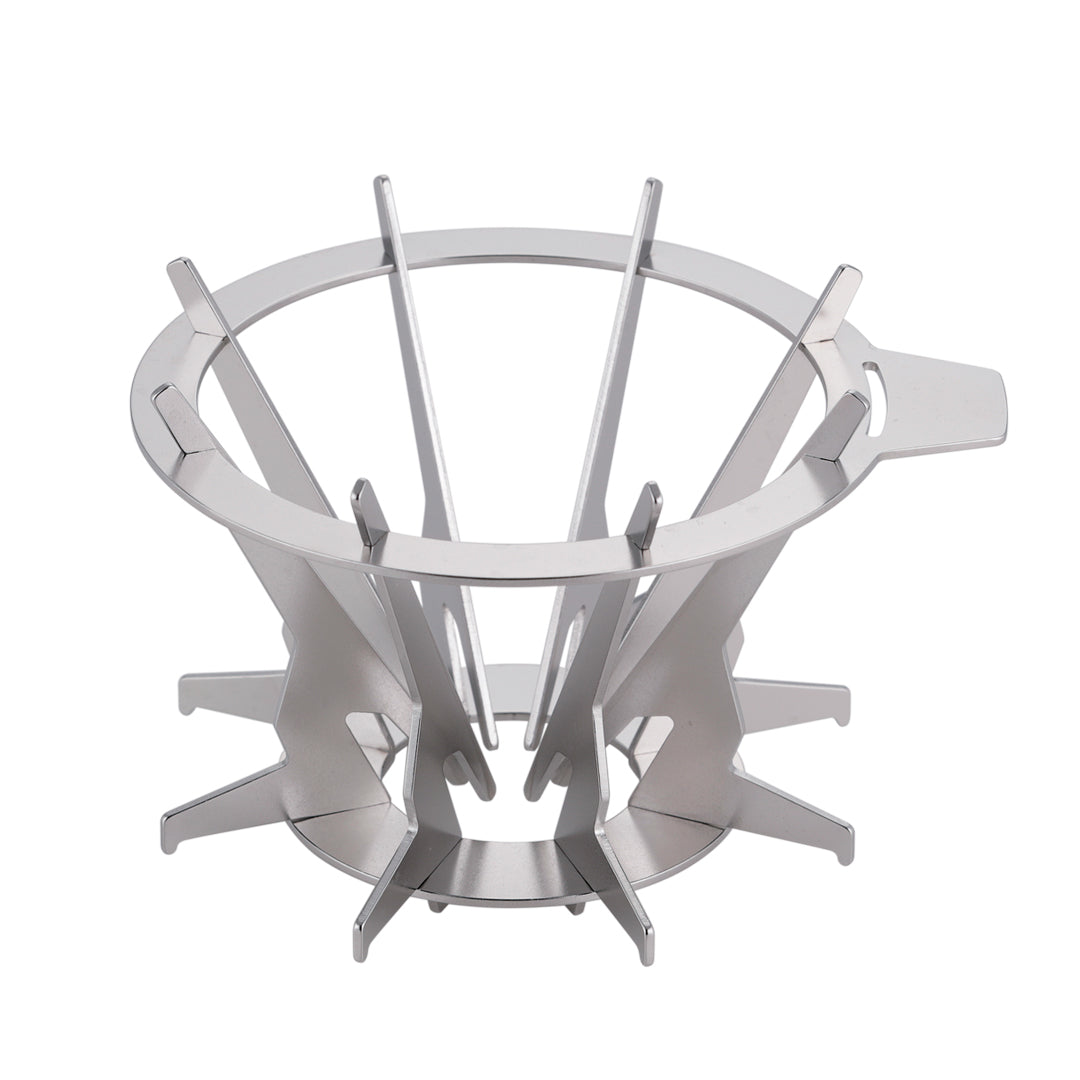

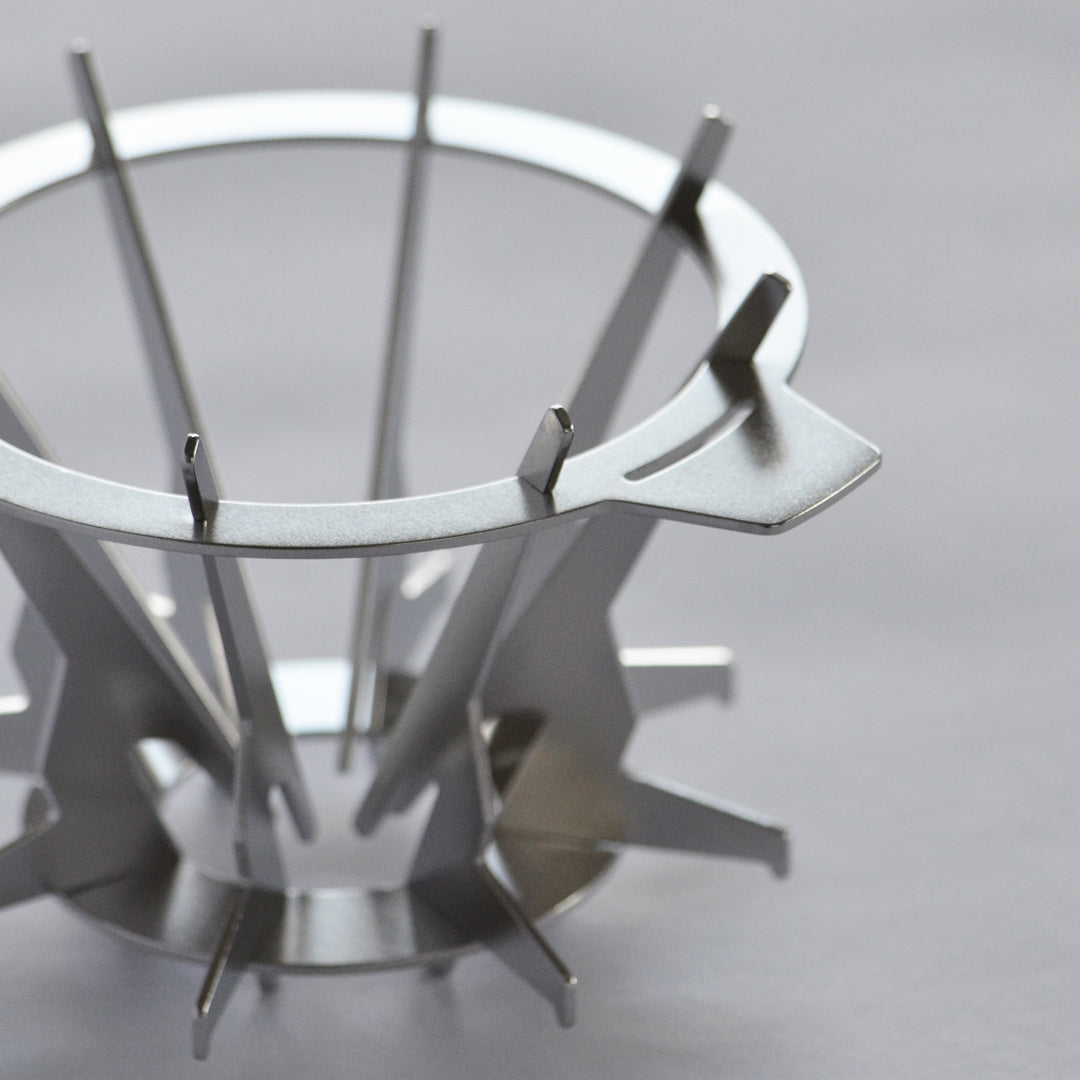
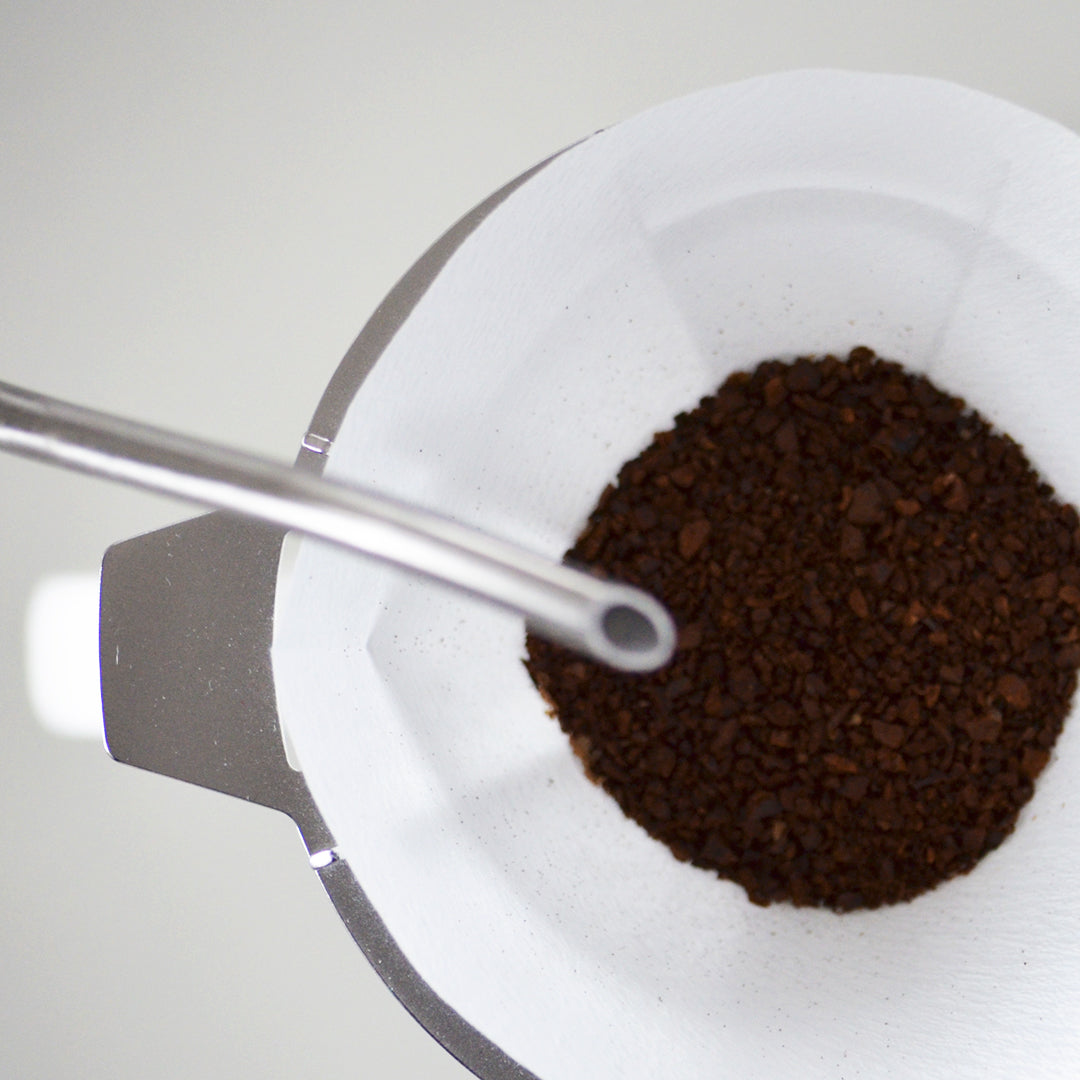

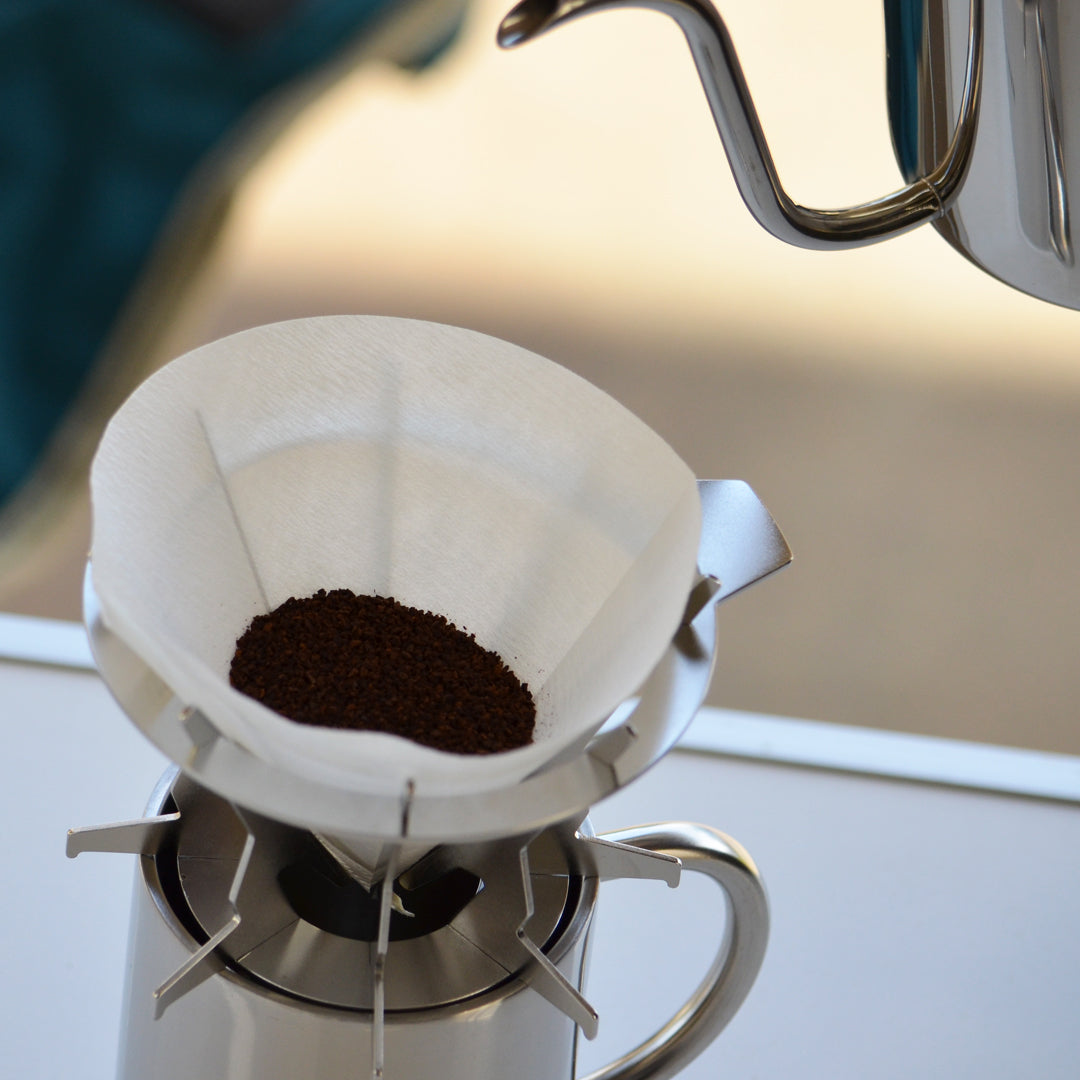
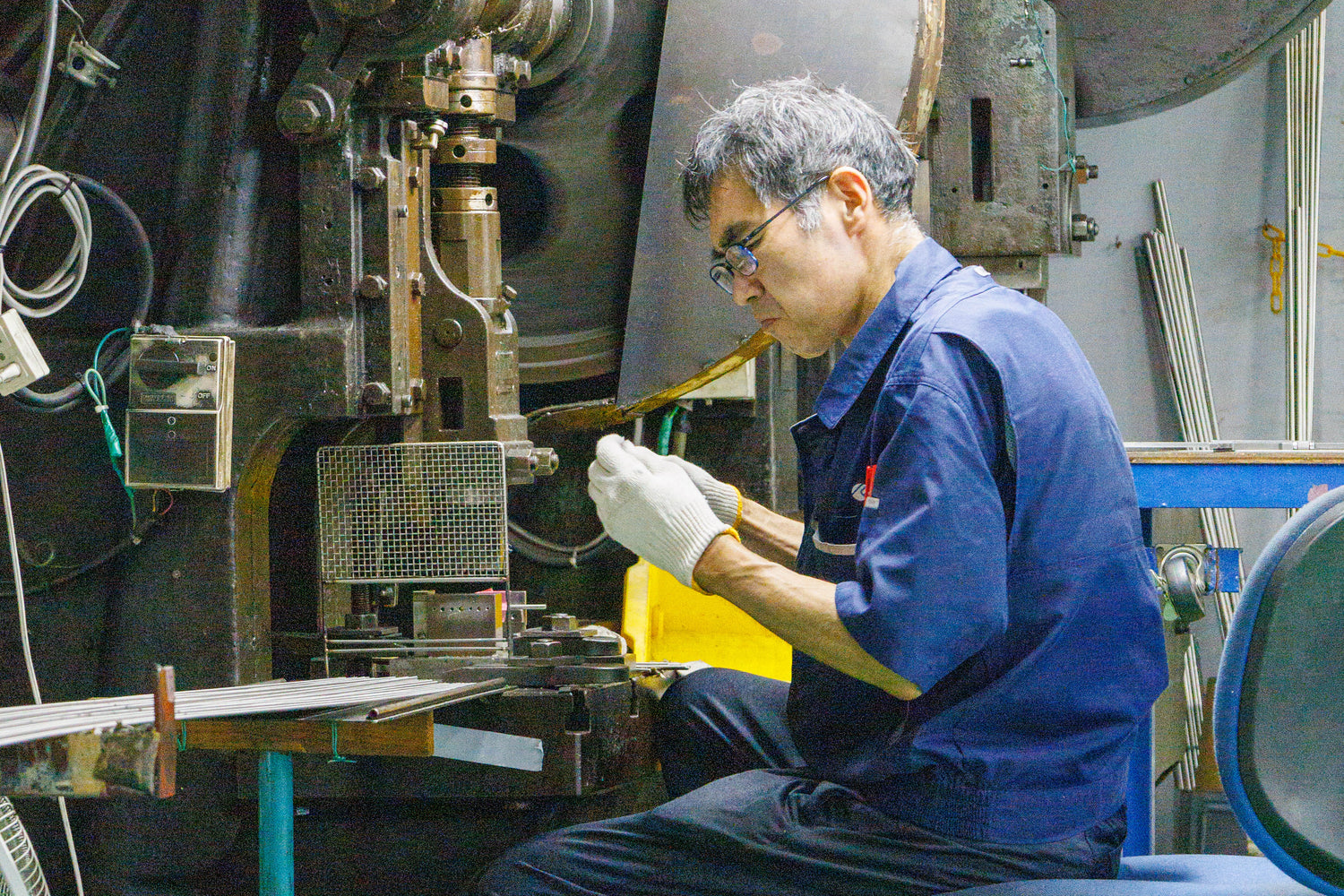
The history of metalworking in Tsubame-Sanjo
The metal processing industry in Tsubame-Sanjo is said to have begun in the early Edo period. It is believed that the production of Japanese nails (wa-kugi) started as a relatively accessible endeavor during times when crops could not be harvested, and this was further promoted by the increased demand for Japanese nails in Edo due to repeated earthquakes and great fires.
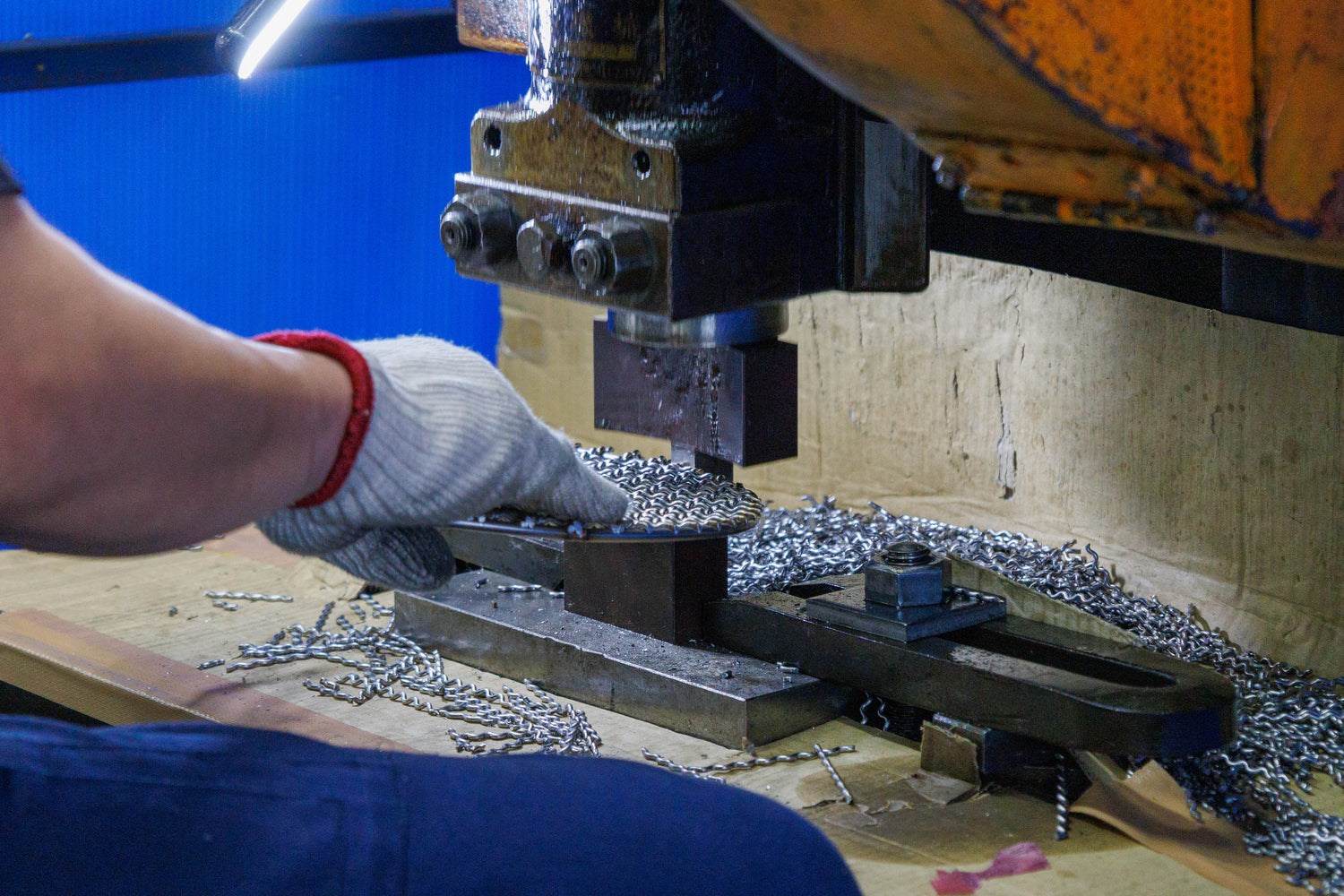
Characteristics of Tsubame-Sanjo metal processing
Tsubame-Sanjo is a collective name for Tsubame City and Sanjo City in Niigata Prefecture, and has long been a major hub for metal processing industries including cutlery, work tools, metal tableware, and metal housewares. Many companies specialize in metal processing such as cutting difficult-to-machine materials like stainless steel and titanium, and precision sheet metal fabrication, and their technical expertise is highly regarded.
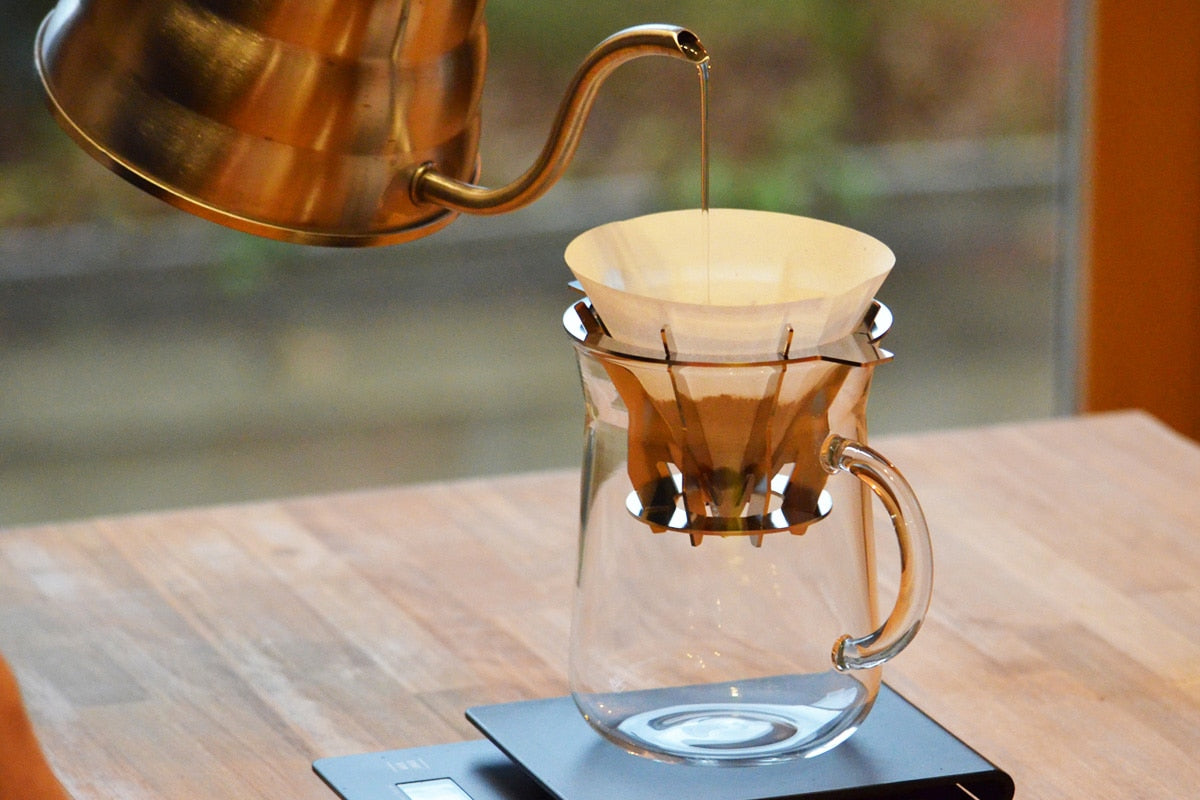
U+RooLee
Consistent quality achieved through techniques honed over many years. Beautiful designs that bring a natural smile to your face. Products brimming with vitality, infused with the warmth of their makers. This is Shindo's lifestyle goods series, created under the concept of "Live gently. Live peacefully." to foster moments of spiritual richness.
Tsubame-Sanjo/Metal processing
Tsubame-Sanjo, located in the center of Niigata Prefecture, is a "manufacturing town" centered on metalworking. The Sanjo region focuses on work tools, automotive parts, and forged blades such as kitchen knives, while the Tsubame region produces all kinds of metal products, including metal Western tableware such as knives and forks.







